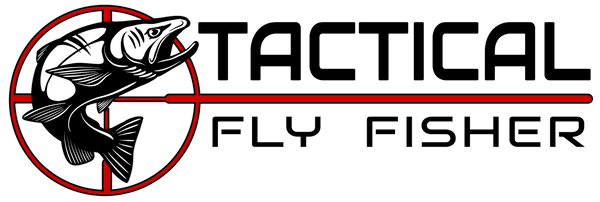Quilldigon fly tying tutorial
Share
If you look back at my fly tutorials featured in this blog, you’ll likely observe that most of the patterns I’ve shared do not explicitly fit into the imitative mold that we fly anglers often pigeon hole ourselves into. The funny thing is that when I take a look at some of my old fly boxes from before my head-first dive into competitive fly fishing, most of the patterns I fished definitely were based on a strategy of matching the hatch and imitation of naturals. However, while a lot of my nymphs have moved into the impressionistic and attractor realms over the last decade, there are times and places for imitative patterns and they still form an important component of my arsenal.
One category of macroinvertebrates that I often find important to imitate more specifically are mayflies in the genus baetis. Except for small chironomids, there may not be a more ubiquitous insect across the trout streams of the world. If you look into the study of insect community sampling and water quality monitoring, baetis are one of the hardier mayfly groups and they are capable of utilizing a wide variety of habitat compared to a lot of mayflies. This leads to them being as widespread as any other mayfly varieties. Luckily, trout have a fondness for eating baetis that is just as ubiquitous as their distribution.
The trout in my local rivers are definitely no exception to the baetis-phyllic rule. On one heavily pressured local tailwater, there was a distinct transition period this fall where the caddis and other summer bugs waned and the baetis started taking over. Naturally, this coincided with colder nights that resulted in colder morning water temperatures. Since this transition, the fishing has often been slow for the first few hours of the day as a result. Thankfully as the baetis start to hatch in late morning it’s like a switch is flipped and the trout start to spread out into more water types to feed, including the shallower riffles and pocket-water that they were reliably found in when the water temps were warmer in the summer and early-autumn.
So what baetis pattern have I been fishing you ask? In addition to my Pliva Perdigon, the bug that has been attached to my own and my client’s leaders most often this fall has been the Quilldigon. As you might suspect from the name, the Quilldigon is another perdigon iteration. It is mostly imitative and features the elegant natural segmentation of a stripped peacock. When a layer of resin is applied, the contrast is even more apparent. You can match the color of your local baetis nymphs with the different shades of Polish Quills. In addition, there is a butt of pearl micro-flashabou (or a myriad of other colors or hot spots you could substitute) that catches waiting trout’s eyes during the drift and sets the bug apart from the hordes of other baetis nymphs that are often in the drift when the hatch is strong. It has been a successful bug on discerning fish locally and I’m sure it would be wherever you find baetis nymphs in the drift, which as I said is pretty much everywhere. So, give it a try and let me know how it fishes for you. If you don’t tie flies, I’m happy to announce that Umpqua has added this pattern to their catalog. However, you’ll have to be patient because they won’t be available until 2019.
The other thing you’ll notice in this tutorial is I’m using an inverting tungsten bead, which is a relatively new bead to our store. This bead’s weight is offset so it takes your regular nymph hook and turns it upside down just like a jig hook. This leads to fewer snags on the bottom of the river and to hooking fish securely in the upper jaw (pre-maxillary and maxillary) more often. One thing to note, the hole in these beads is smaller to allow secure superglued attachment to the hook shank so they may not work with typical barbed hooks. But maybe it’s a good opportunity for you to try a few competition style barbless hooks. If you want to read more about their benefits you can click here.
Recipe:
Hook: Hanak 230, Dohiku 302, Dohiku 303, Fasna F-415, Fasna F-444, Orientsun 7224
Bead: Copper or Silver Tactical Fly Fisher Inverting or Slotted Tungsten beads
Thread: Olive or Olive Dun 16/0 veevus
Tail: TFF Coq De Leon or Fasna Coq De Leon
Flash tag: Sulky Silver Metallic Tinsel Opalescent/Pearl 8040
Body: Olive, Natural, or Golden Olive Polish Quills Stripped Peacock Quills
Wingcase: UVCraft Black Resin
Resin: UVCraft or Solarez Bone Dry
Glue: Loctite Brush-on superglue
Tools:
